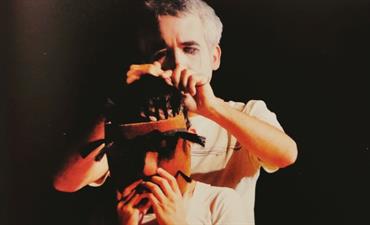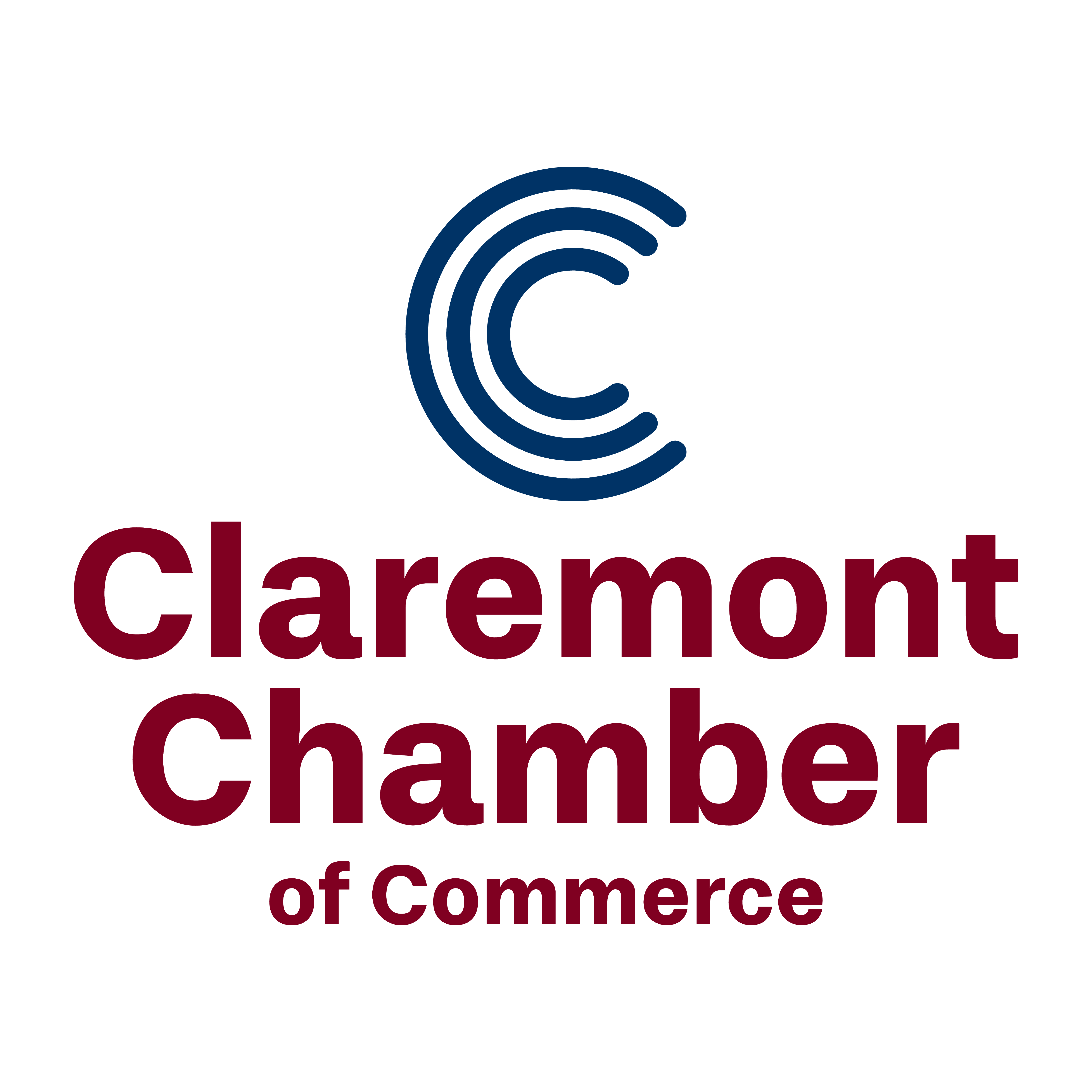how do you carry the land?

Date and Time
Monday Nov 11, 2019 Friday Nov 22, 2019
Exhibition: November 11-22, 2019
Reception: November 19, 2019 - 4:15 pm
Location
Claremont Graduate University Art Gallery
251 E. 10th St, Claremont, CA 91711
Fees/Admission
Free and open to the public.
Contact Information
909-621-8237
Send Email
Description
Ayumi Goto and Peter Morin’s how do you carry the land? (2018) is a dialogue between the artists presented via their individual and collaborative performances. The work begins with Goto’s and Morin’s respective positions as a Japanese Canadian diasporic woman and a Tahltan First Nation man, reflecting on the ways in which their bodies and experiences are inscribed by colonialism.
Opening Reception: Tuesday, November 19, 4:15 PM
Claremont Graduate University Art Gallery
251 E. 10th St, Claremont, CA 91711
Ayumi Goto is a performance apprentice, currently based in Toronto, traditional territories of the Haudenosaunee Confederacy, Wendat, Anishinaabe, and Missisaugas of the New Credit First Nations. Born in Canada, she often draws upon her Japanese heritage and language to creatively challenge sedimented notions of nation-building, cultural belonging, and activism. Inspired by collaborative work, she also explores conceptions of inbetweeness, land-human relations, and space-time beingness. She has served as the art facilitator at the Downtown Eastside Women’s Centre in Vancouver, Traditional Coast Salish Territories. Ayumi guest co-edited the Summer 2012 issue of West Coast Line, “Reconcile this!” with Jonathan Dewar, which explores the interconnections between reconciliation, art, and activism, through Indigenous and non-Indigenous perspectives and collaborations. She has exhibited works at Doris McCarthy Gallery, Gallery 101, the Alternator Artist Run Ctr., Shingwauk Residential School Centre, Algoma University, the Art Gallery of Southern Manitoba, the Art Gallery of Greater Victoria, and the Vancouver Art Gallery. Ayumi has performed in London, England, Berlin, Germany, Naha, Okinawa, Kyoto, Japan, and across this land currently called Canada. Ayumi has a Ph.D. in Communication Studies at Simon Fraser University. In her research, she investigated and presented a practice-based sense of collective responsibility and creative critiques of reconciliation from developing a performance art practice in response to the art works and lives of Cree Métis multi-media artist, Cheryl L’Hirondelle, Siksika interdisciplinary artist, Adrian Stimson, and Tahltan performance artist and object maker, Peter Morin. Ayumi is currently a Post-Doctoral Fellow at the Ontario College of Art and Design University in Toronto.
Peter Morin is a Tahltan Nation artist, curator and writer currently based in Victoria, BC. Morin studied art at Emily Carr Institute and recently completed his MFA at UBC Okanagan in 2011. In both his artistic practice as well as his curatorial work, Morin explores issues of de-colonization and indigenous identity and language. Morin has participated in numerous group and solo exhibitions and live events including Team Diversity Bannock and the World’s Largest Bannock attempt, 7 Suits for 7 Days of Colonialism, and A return to the place where God outstretched his hand (2007); performative works at the Royal Ontario Museum, Toronto; 12 Making Objects AKA First Nations DADA (12 Indigenous Interventions) (2009) at Open Space, Victoria; Peter Morin’s Museum (2011) at Satellite Gallery, Vancouver; and Circle (2011) Urban Shaman, Winnipeg. Morin has curated exhibitions at the Museum of Anthropology, Western Front, The Burnaby Art Gallery and Grunt Gallery among others and in 2011 curated Revisiting the Silence, an exhibition of photographs by Adelaide de Menil, at the Bill Reid Gallery of Northwest Coast Art and Peter Morin’s Museum at Satellite Gallery, both in Vancouver. In 2010 the artist was awarded the British Columbia Creative Achievement Award for First Nations’ Art. Morin is currently serving as the curator in residence at Open Space Artist Run Centre in Victoria BC
Presented in partnership with Pitzer College Indigenous Studies faculty and the Claremont Graduate University Cultural Studies Department.

